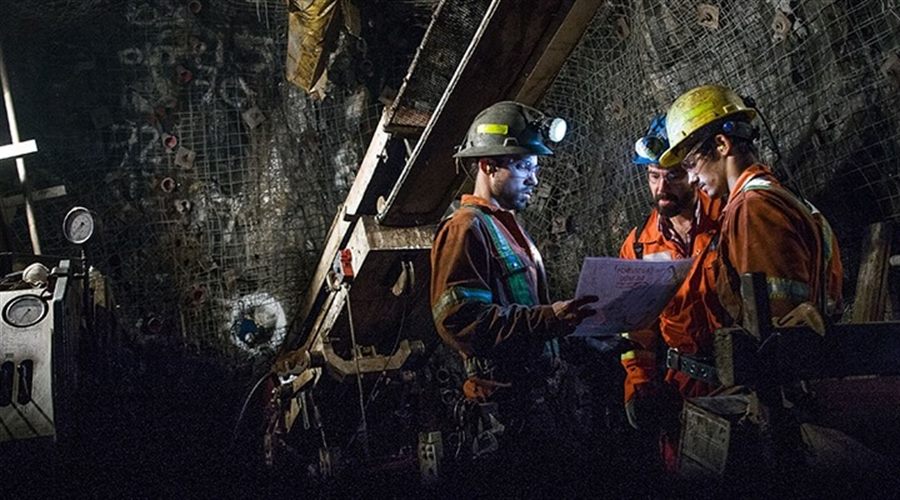Bitcoin (BTC), the oldest and largest cryptocurrency, closed last year with a loss of more than 60%. The mining industry also suffered from BTC’s sharp price declines, with revenues falling 37.5% in 2022 to $9.55 billion.
According to Glassnode data, mining revenues stood at $15.3 billion in 2021. However, the high-profile collapse of the TerraUSD ecosystem in May and then the FTX crypto exchange in November negatively affected the industry as a whole.
Moreover, rising interest rates worldwide have increased pressure on risk assets, including equities. Cryptocurrencies, which are highly correlated with the stock market, also began to lose, negatively affecting the condition of the digital assets mining companies.
The miners’ daily revenue index reached a record high of $63 million in November 2021. However, by the end of 2022, it was at only $16 million, recording a very dynamic depreciation.
Doug Brooks
According to Doug Brooks, Senior Advisor at XinFin Foundation, there are three main drivers for the strong decline in revenues: large increase in energy prices, lower value of Proof of Work currencies like Bitcoin and rising competition.
“There are more miners than ever now, some
are even publicly listed companies, so there is less bounty for each miner
since the pot size is limited,” Brooks commented.
BTC Miners’ Debts Grow
As revenues and profitability declined, bitcoin
























